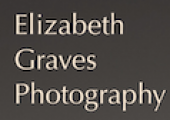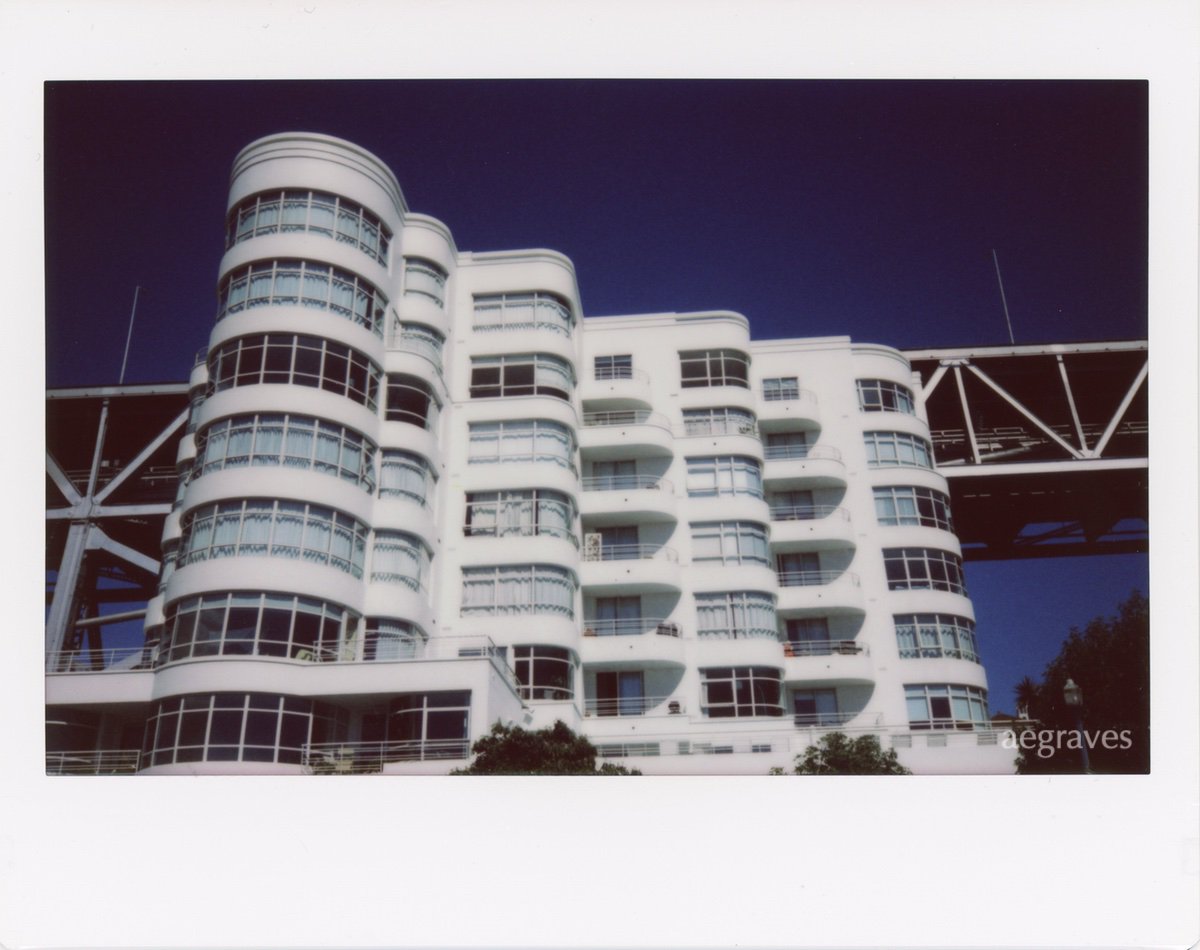You’ve seen many posts and web galleries of my Polaroid images, including long-discontinued peel-apart instant film, original square OneStep images, and re-engineered Impossible Project film (once rebranded Polaroid Originals, now just Polaroid). Polaroid invented instant film, and dominated the global market for decades. The company brilliantly sponsored artists like Andy Warhol with cameras and film supplies, and Warhol’s Polaroids are especially famous.
But there ARE other instant/integral film products.
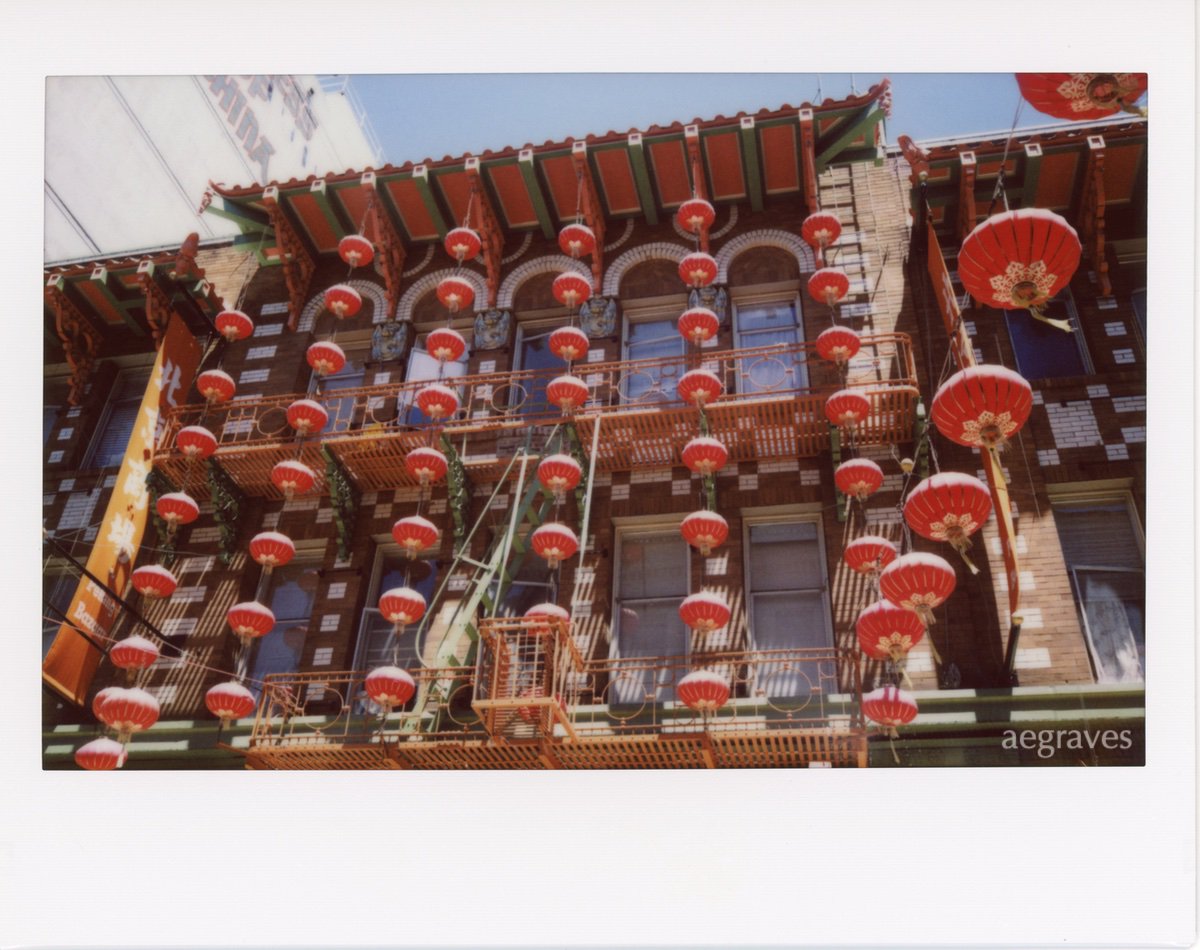
When rivals Kodak and Fuji devised similar projects, they wound up in court for patent infringement (Kodak) or negotiating licensing and territorial deals (Fuji). Fuji’s products became quite advanced, and their consumer-friendly, adorable Fuji Instax camera designs captured the Asian youth market. Tiny instant pictures the size of business cards have been especially popular socially as a social networking convention.
I haven’t written about my work with the Fuji Instax product line, but their emulsions are superior to the Impossible Project versions in color, contrast, and stability, and so I should give them credit!
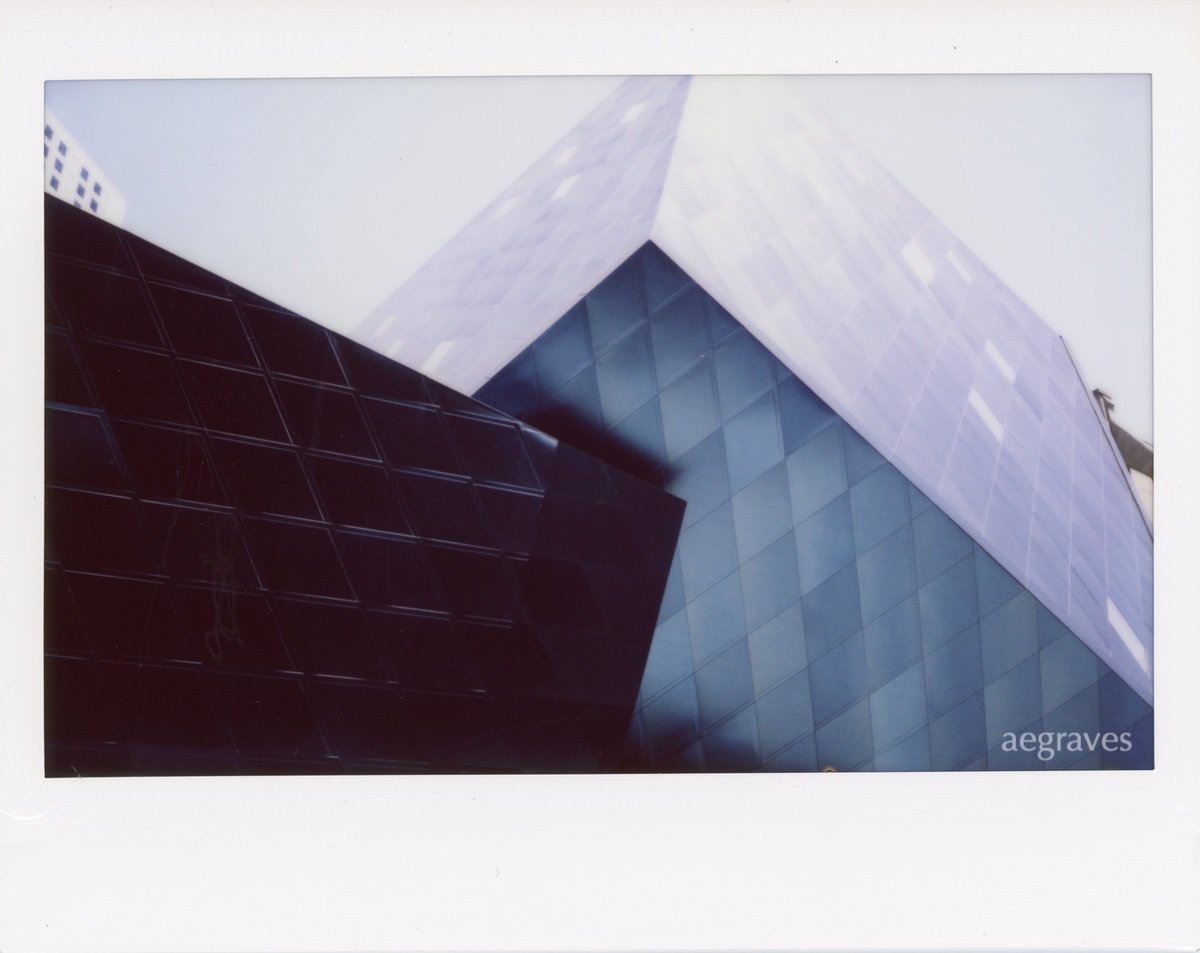
Instax currently comes in three sizes: business-card sized mini, Polaroid-sized square, and wide, which is my preferred format. My (huge) Instax Wide camera allows me to adjust the exposure (light, regular, dark) and distance (near/medium/far), and my strong preference for dark mode provides blue-black skies and high contrast in bright settings. The film only comes in one speed, and my low-light (shady garden) images miss the mark, so bright daylight is the best condition to use this film.

The color and contrast are excellent (especially in dark mode), and it’s easier to take a well-exposed photograph with Instax than it is with Impossible/Polaroid. The prints also develop much faster than the Impossible/Polaroid images do, and all look as good as they day I took them (while the Impossible/Polaroids have all visibly faded).

The Instax Wide camera (the 210?) is… okay. My viewfinder is inaccurate, so I have to remember that the center is off about 20%, and adjust composition accordingly to prevent the photos from being oddly composed.
The lens is sharper than my point-and-shoot Polaroid cameras AND the recent Lomography-branded cameras, but not as sharp as the SX-70 (a professional camera). The images could be scanned and enlarged, but mine start to look soft once I get up near 8″ high, if not sooner. They look GREAT at their natural size (3.4″x4.25″), however.
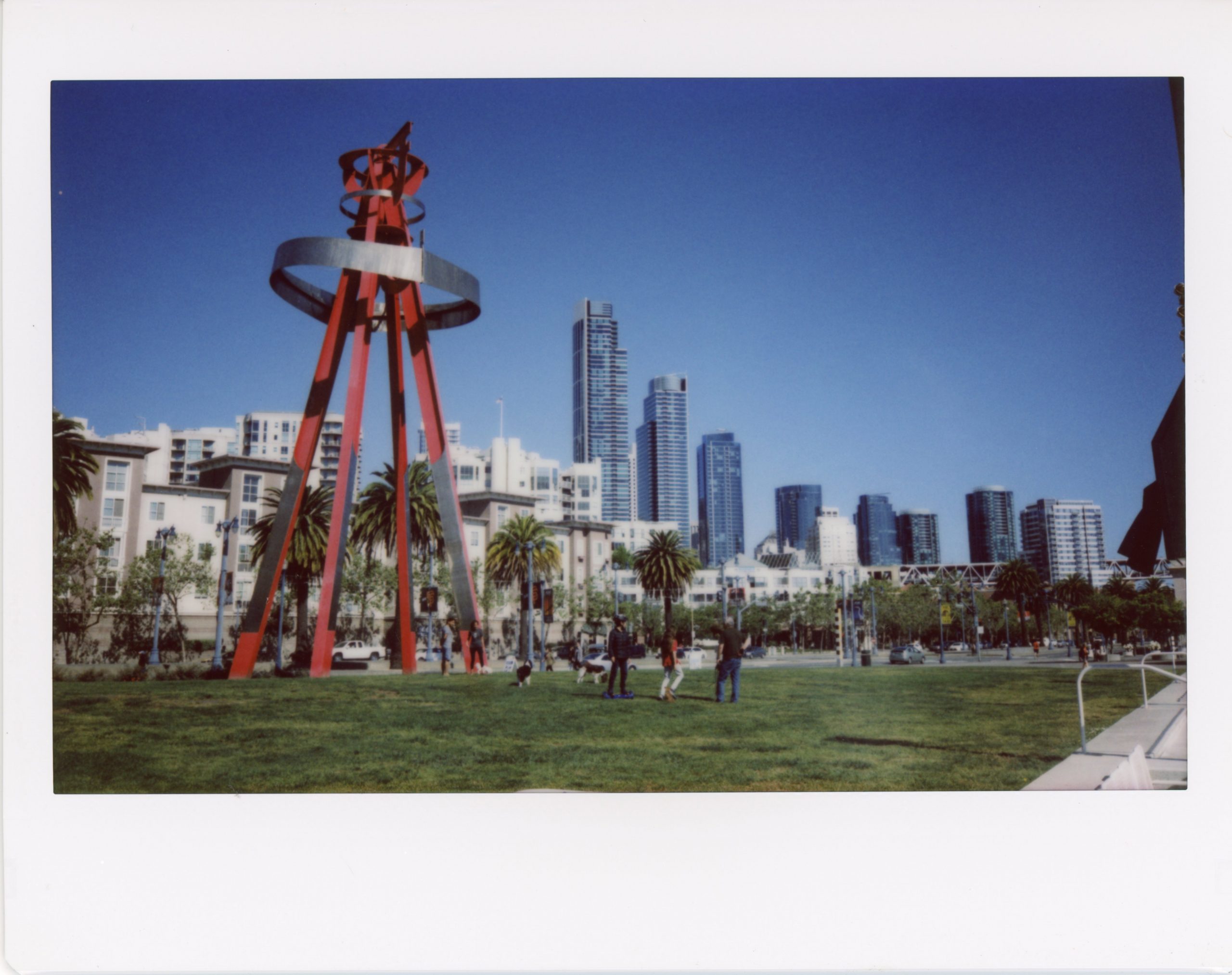
I use my Instax Wide as a party camera: I bring it to celebrations and give all of the flattering flash portrait photos to the host/guest of honor. (The young people have never had printed photos of themselves before! Awwwww!)
I’m still figuring out if there is a place for Instax Wide images in my overall portfolio alongside my other instant/integral images, or if my “sharpness” obsessions mean these are just for fun. Either way, the film is quite lovely, and is everything an instant/integral film SHOULD be.
